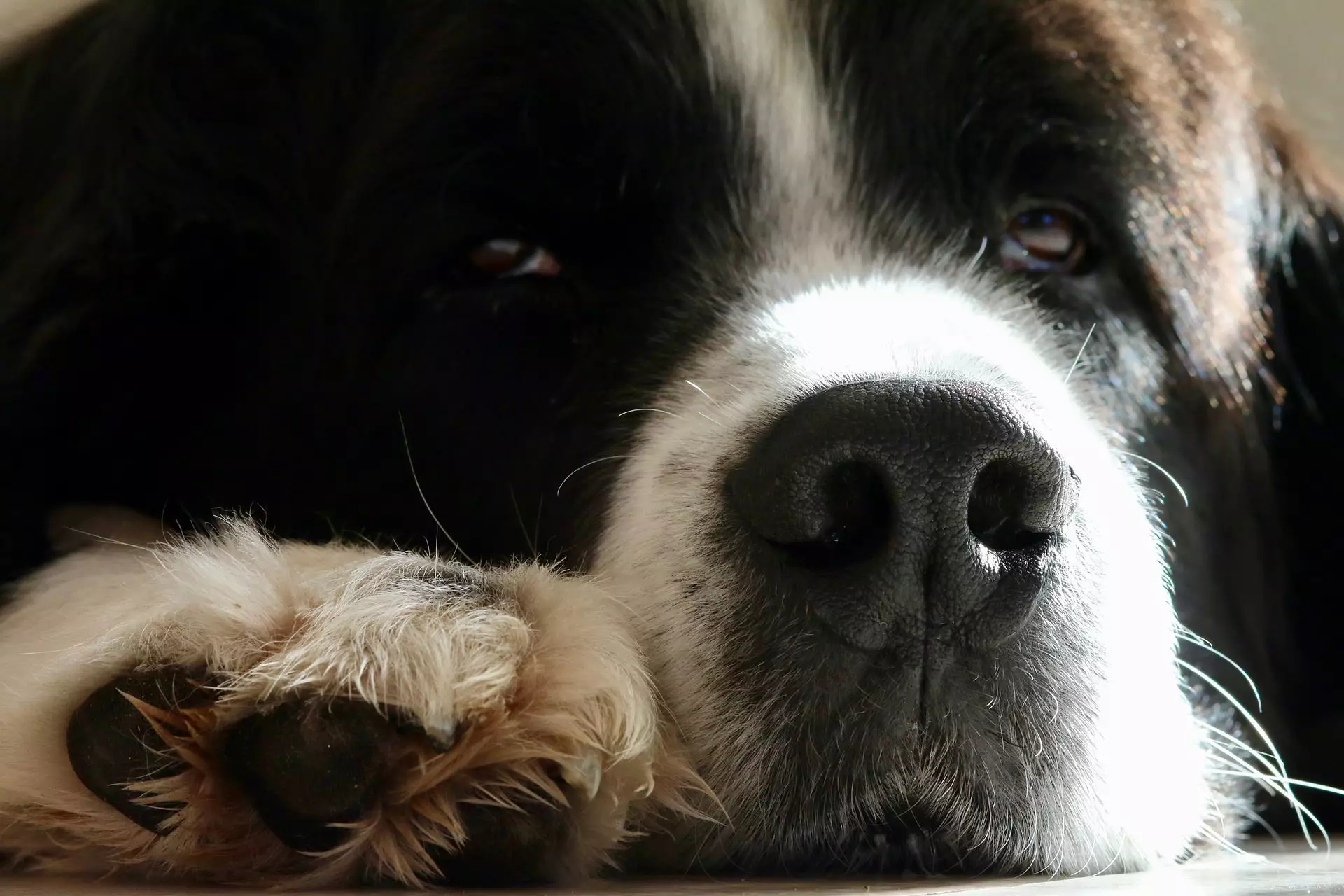Every dog owner understands the inevitability of keeping their furry companions’ nails trimmed. While grooming is essential for aesthetic reasons, nail care goes beyond mere looks; it is a foundational aspect of pet hygiene and overall well-being. Neglecting nail maintenance can pose several risks—not only to the dog’s health but also to human safety. Long nails may lead to injuries, such as bruised skin from accidental clawing, and can even cause damage to floors. Over time, neglected nails can alter a dog’s natural gait, leading to potential injuries and discomfort. Thus, establishing a regular nail-trimming regimen is not merely a cosmetic issue, but a health imperative.
The Fear and Resistance in Nail Trimming
Despite the benefits, many dogs exhibit an instinctive dread of nail trimming, a sentiment often mirrored by their owners. This resistance can be attributed to past experiences. Dogs are astute creatures and can recall painful memories; if a nail is clipped too short—which leads to bleeding and pain—many dogs will develop an aversion to the entire process. This fear is compounded by the anxiousness of owners who feel guilty for causing their pets distress.
To better approach nail trimming, training your dog to accept foot handling and minimizing fears through positive reinforcement can be game-changers. Understanding your dog’s temperament and easing them into the process can mean the difference between a peaceful grooming session and a dramatic struggle.
Understanding Quicking: Risks and First Aid
One of the most pressing concerns in nail trimming is the risk of “quicking” the nail—cutting into the sensitive quick, which contains nerves and blood vessels. This can result in significant bleeding and pain for your dog. Understanding what this entails is paramount in preventing such accidents.
If a dog does get quicked, it is crucial for owners to remain calm and act swiftly. Applying pressure to the wound can help slow the bleeding, allowing clotted blood to form a natural barrier. While some owners may have staples or styptic powder in their first-aid arsenal, household items like cornstarch or flour can temporarily serve to staunch the flow. It’s advisable to apply these substances with care, pressing firmly onto the wound, while ensuring that your dog is as comfortable as possible.
Healing and Recovery: Monitoring the Wound
Once the immediate bleeding has been controlled, attending to the injury becomes vital. While it’s true that a nail will generally heal on its own, the environment where the wound heals significantly affects recovery time. Bandaging the paw not only offers protection but also prevents your dog from licking the wound, which could introduce bacteria and lead to infections. Always wrap the paw with caution—secure enough to stay in place but not so tight that it constricts blood flow.
It’s important to monitor the injured paw closely. Watch for signs of infection or any unusual swelling, and seek veterinary assistance if necessary. A dog’s recovery will vary; minor injuries typically heal faster than deeper cuts, but in general, pet owners can expect some continuity in carrying out their daily walks after a short waiting period—a little over an hour may suffice for smaller nips. However, if discomfort persists, limiting physical activity may be prudent.
The Importance of Education and Prevention
Proper nail care extends beyond just addressing accidents; it lies primarily in prevention through knowledge. Before engaging in the trimming process, educating yourself on the anatomy of your dog’s nails and techniques for safe clipping can drastically reduce the risk of injury. Familiarize yourself with the different nail types—being aware of where the quick lies can aid in careful and confident cutting.
It may be worthwhile to seek advice from professional groomers or veterinarians who can demonstrate proper techniques. Additionally, using the right tools designed for dog nails is essential. Clipper types vary and having a suitable option can make the trimming process smoother and less stressful for both owner and pet.
Ultimately, a Trusting Relationship
The relationship between a dog and its owner thrives on trust, and nail trimming is just one area where this trust can be built or broken. Careful handling, patient training, and an understanding approach can transform a typically dread-inducing task into a manageable part of routine care. Embrace this opportunity to strengthen your bond with your pet, and remember that the occasional mishap does not define the entire experience. As dog lovers, our commitment is to provide our companions with the best care, which includes managing their grooming needs to enhance their quality of life.


Leave a Reply